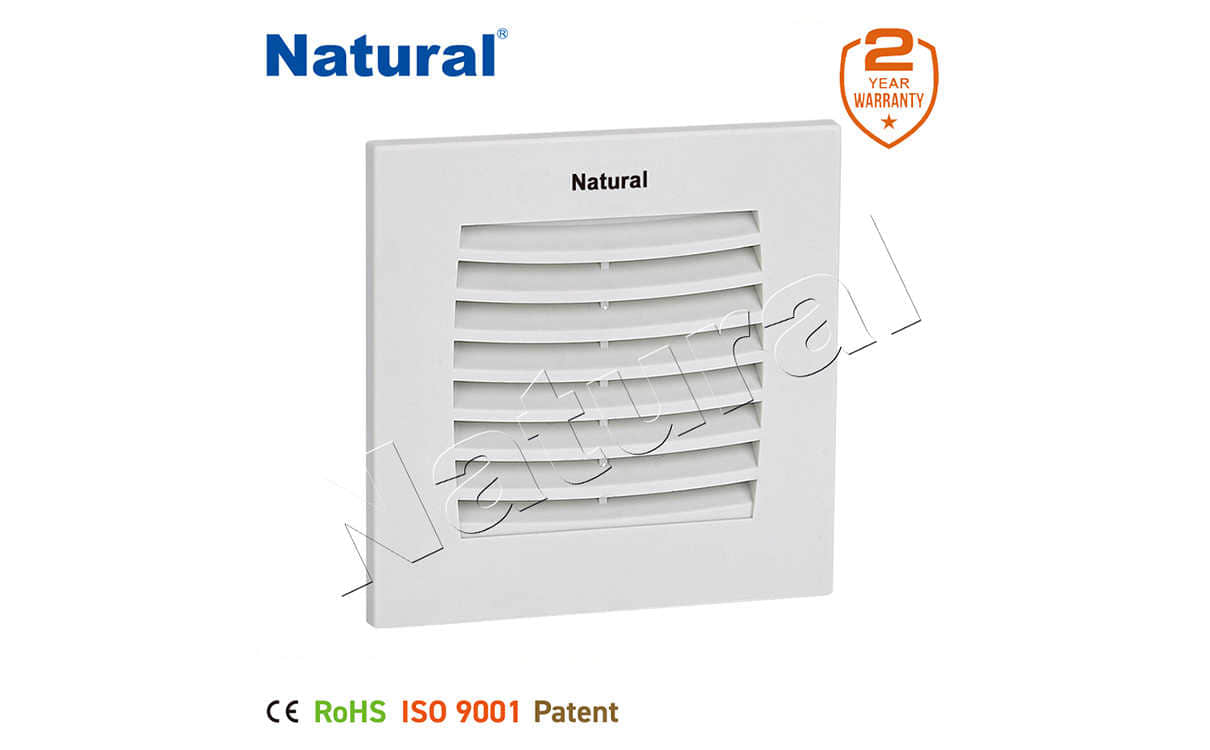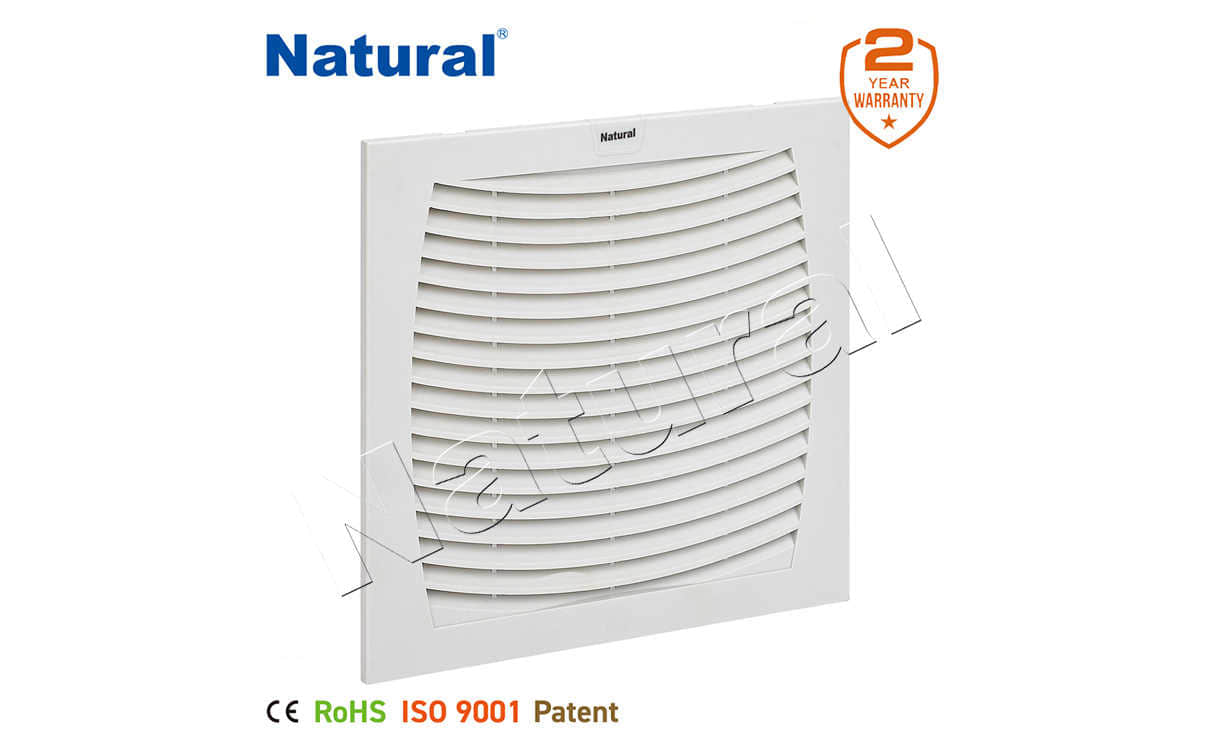 28 items Patent
28 items Patent
 28 items Patent
28 items Patent
 28 items Patent
28 items Patent

In our increasingly digital world, the efficient management of heat within electrical distribution cabinets has become paramount. A critical component in this field is the distribution cabinet filter fan, which plays an essential role in maintaining optimal operating temperatures for various electronic components. This article explores the importance of these filter fans, their functionality, and how they contribute to a more sustainable future in terms of energy efficiency and environmental considerations.

Distribution cabinets are designed to house essential electrical and communication equipment, ensuring that everything runs smoothly without interference. However, heat generated by these devices can significantly impact their performance and lifespan. The distribution cabinet filter fan provides a solution to this problem by facilitating airflow and ensuring effective cooling. By continuously circulating air, these fans help maintain a stable temperature within cabinets, thereby protecting sensitive components from overheating.
At the heart of the filter fan's functionality is its dual role: cooling and filtering. The fan creates airflow that draws hot air out of the cabinet and replaces it with cooler air. This process significantly lowers the internal temperature, ensuring that the electronic components do not exceed their operating limits. Additionally, most filter fans are equipped with advanced filter systems that trap dust, dirt, and other particulates from entering the cabinet. This filtering action is crucial because the accumulation of dust can lead to poor thermal conductivity and increase the risk of equipment failure.
